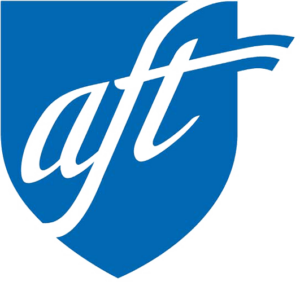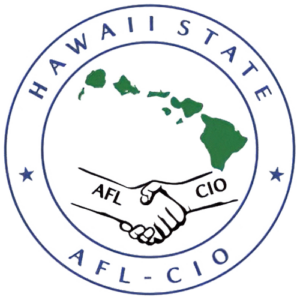March 15, 2007
On behalf of the University of Hawaii Professional Assembly, we would offer the following testimony with respect to the proposed UH System reorganization plan.
This is at least the third proposed reorganization of the UH System brought forth by the UH administration since 2001, when a substantial change was first proposed. At that time, I suggested that the Regents should give serious consideration to reducing the size and redundancy of the UH System, taking into the consideration that the campuses that compose the UH System are widely diverse in complexity and size, UH-Manoa being uniquely significant. Specific suggestions were made with respect to the Vice Presidents, Human Resources, the Community Colleges, and the various reporting lines that were included. Those comments and suggestions did not lead to any change or modification in the proposal, and I assume it is unlikely that any that is now suggested will have any more impact.
1. As a matter of principle, we believe that multiple reporting lines lead to ambiguity and lack of accountability with respect to policy implementation. We suggested that there was too much double reporting in the last proposed reorganization (that which is now the current chart) and this proposal at least doubles the amount of double reporting. You’ll notice that if you trace the lines from some of the positions to the next, they go around in a circle.
2. As particular evidence of the “dual reporting,” the community college chancellors report to both the VPCC and the President. It is assumed for practical purposes the “line authority” of the President would run through his Vice President to the CC chancellors. This organizational structure is confusing and ambiguous. The relationship between the CC chancellors and the Vice President is unclear, and the CC chancellors, despite their titles, obviously possess a position below the other chancellors of UHM, UHWO, and UHH. What is needed is a complete recognition that the reorganization that created the “independent” community colleges with “chancellors” was flawed and should be abandoned. I would suggest that the community colleges should be part of a statewide system of community colleges, as they were created, or returned to community colleges organized around each county.
Certainly, it cannot be denied that the presented organization has created ambiguity with respect to the mission of the community colleges, and in the extreme “mission creep” in the development of competing programs and degrees. In any event, the current organization of the community colleges has been inefficient and duplicative. The community colleges have created mirror images of the administrative structures of independent campuses that has been used to justify unnecessary overhead costs without providing any greater service to the students or the community than existed when there was one unified state community college system.
3. We have suggested over the years that the System-level administration focus on support of the statewide functions and policy formation held by the Regents. We have recommended that functional units, i.e., Manoa, Hilo, West Oahu, and the community colleges, be delegated the resources and authority to carry out their respective educational missions. Those resources held by the UH System to carry out functions that fall upon the campuses should be transferred. We note that the issue of the VP Research and VP Student Affairs remain unresolved, and these are two positions that offer resources that could be better utilized by the campuses. We would recommend that these positions be eliminated, especially in light of the administration organization of research under the Vice Chancellor at UHM, and the proliferation of associate deans for research in the colleges, e.g., SOEST. As we have said in the past, student affairs should be under the control of the chancellors of the various campuses.
4. We have recommended that the VP for Administration be eliminated and replaced with a VP for Human Resources since by law the university negotiates employee contracts that apply uniformly across functional units. It would make sense to include in this position the necessary technical resources to support the institutional research necessary to carry out both the practical aspects of the employment and the measurement of the long-term impact the mission of UH is having on our state and in the world. However, under the proposal before you, the human resources function remain under a Director, while both capital improvements and external affairs are assigned to Associate Vice Presidents. Titles show where the organizational priorities rest.
5. If there is a need for a Director of Capital Improvements, the position should be under the VP for Budget & Finance. There is absolutely no rationale that supports elevating the CIP Director to that of an Associate Vice President. In fact, the recent facilities report recommends that Manoa should be building its own CIP capacity. Again, this demonstrates resources being held by the UH System that could, at least in part, be redistributed to the major campuses. Given the current practice of setting administrative salaries based on titles, this proposal of adding another Associate Vice President would increase the UH System overhead costs.
6. A final aspect of “dual reporting” is created in the relationship of the Office of General Counsel to President and Board of Regents. We supported the Regents earlier reorganization that created a direct line of reporting from the General Counsel’s Office and the Secretary to the Board of Regents to Regents. We felt at the time that this added an internal and independent voice for the Regents to hear especially when differences or difficulties arose between the President and Regents.
One way to avoid recreating this confusion would be to change the fundamental relationship between the President and the Board of Regents, and therefore, the President to the Chancellors of campuses. We have long suggested that UH should consider a model where the President becomes the Chancellor of the UH System and the Chief Executive Officer of the Board of Regents. The Chancellor’s function, on behalf of the Regents, would be the evaluation and oversight of the campus presidents. The functional decision-making, once the Regents made budget allocations, would reside with the presidents. This is a subject that would deserve much greater discussion, and thus we’ll end our comments on this point.
This proposal does not encourage UHPA with respect to the future of our formal relationship with the UH administration. We believe that it will continue to be an inefficient and ambiguous organizational structure that confounds campus accountability and the delegation of authority.
It is our sincere hope that the Regents will take into consideration the issues we have raised before the Board proceeds to “rubber stamp” this proposed reorganization.
Respectfully,
J. N. Musto
Executive Director



